
PERADENIYA BOTANICAL GARDEN
Peradeniya Botanical Garden, located in the serene town of Peradeniya near Kandy, Sri Lanka, is a captivating oasis of biodiversity and beauty that attracts visitors from around the world. Spanning over 147 acres, this expansive garden is home to more than 4,000 species of plants, showcasing an impressive array of tropical and subtropical flora. Originally established in 1821 as a royal pleasure garden for the Kandyan kings, it has since transformed into a vital center for botanical research, conservation, and education.
One of the garden’s standout features is the Orchid House, which houses over 300 species of orchids. Visitors can marvel at the vibrant colors and intricate patterns of these exquisite blooms, which represent some of the most beautiful flora in the world. The Orchid House serves as a serene retreat where nature enthusiasts can immerse themselves in the delicate beauty of these flowers.
As visitors stroll through the garden, they will encounter the iconic Palm Avenue, a stunning pathway lined with majestic palm trees that creates a picturesque setting. This avenue showcases the incredible diversity within the palm family, with each species offering its own unique characteristics. The grand canopy formed by the palms provides a perfect shade for a leisurely walk, making it an ideal spot for photography and relaxation.
The garden is also renowned for its impressive collection of cycads, which are ancient plants that have existed for millions of years. This section features a diverse range of cycads, highlighting the evolutionary history and ecological significance of these fascinating plants. Each cycad exhibits distinct forms and textures, captivating visitors with their unique appearance.
In addition to its ornamental plants, Peradeniya Botanical Garden boasts a dedicated section for medicinal plants, emphasizing the importance of traditional herbal medicine in Sri Lanka. This area showcases various plants with known medicinal properties, educating visitors about their uses in local healing practices and promoting awareness of sustainable natural remedies.
A unique feature of the garden is the Spices and Fruits Garden, where visitors can discover a variety of spice plants, including cinnamon, cardamom, and cloves, alongside tropical fruit trees such as mango, papaya, and jackfruit. This section serves as an educational display of Sri Lanka’s rich agricultural heritage, providing insights into the cultivation and uses of these valuable plants.
Peradeniya Botanical Garden is not only a place of beauty but also an architectural marvel. The main entrance welcomes visitors with a grand gate and a pathway adorned with vibrant flower beds, creating an inviting atmosphere. One of the garden’s most iconic features is the Great Fig Tree, a majestic banyan tree that spans an impressive area. Over 150 years old, this remarkable tree provides a tranquil spot for relaxation and exploration, drawing visitors who seek the shade of its sprawling branches.
The Royal Palm Avenue, another highlight of the garden, features towering royal palms that create a stunning backdrop for leisurely walks. This avenue not only enhances the garden's aesthetic appeal but also serves as a reminder of the horticultural skills of the Kandyan kings.
Peradeniya Botanical Garden is committed to plant conservation and education, collaborating with various institutions to conduct research on plant species and their habitats. The garden offers educational programs for schools and visitors, promoting awareness of the importance of conservation and sustainable practices. The herbarium and research center within the garden support ongoing botanical studies, making it a significant hub for scientific exploration.
For visitors seeking a peaceful retreat from the bustling city, Peradeniya Botanical Garden provides an idyllic escape. With beautifully landscaped pathways, tranquil lakes, and iconic structures, the garden invites guests to immerse themselves in nature. It is an ideal location for picnics, family outings, and quiet contemplation, attracting nature lovers, families, and couples alike.
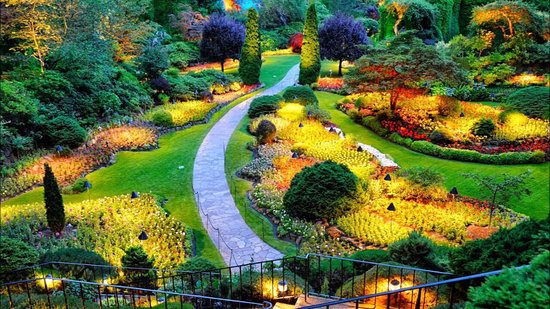
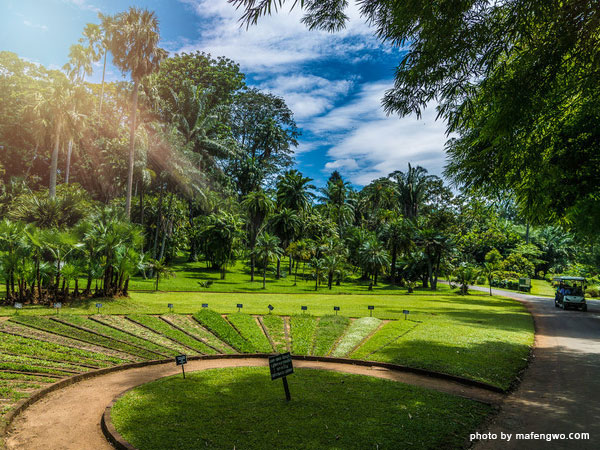
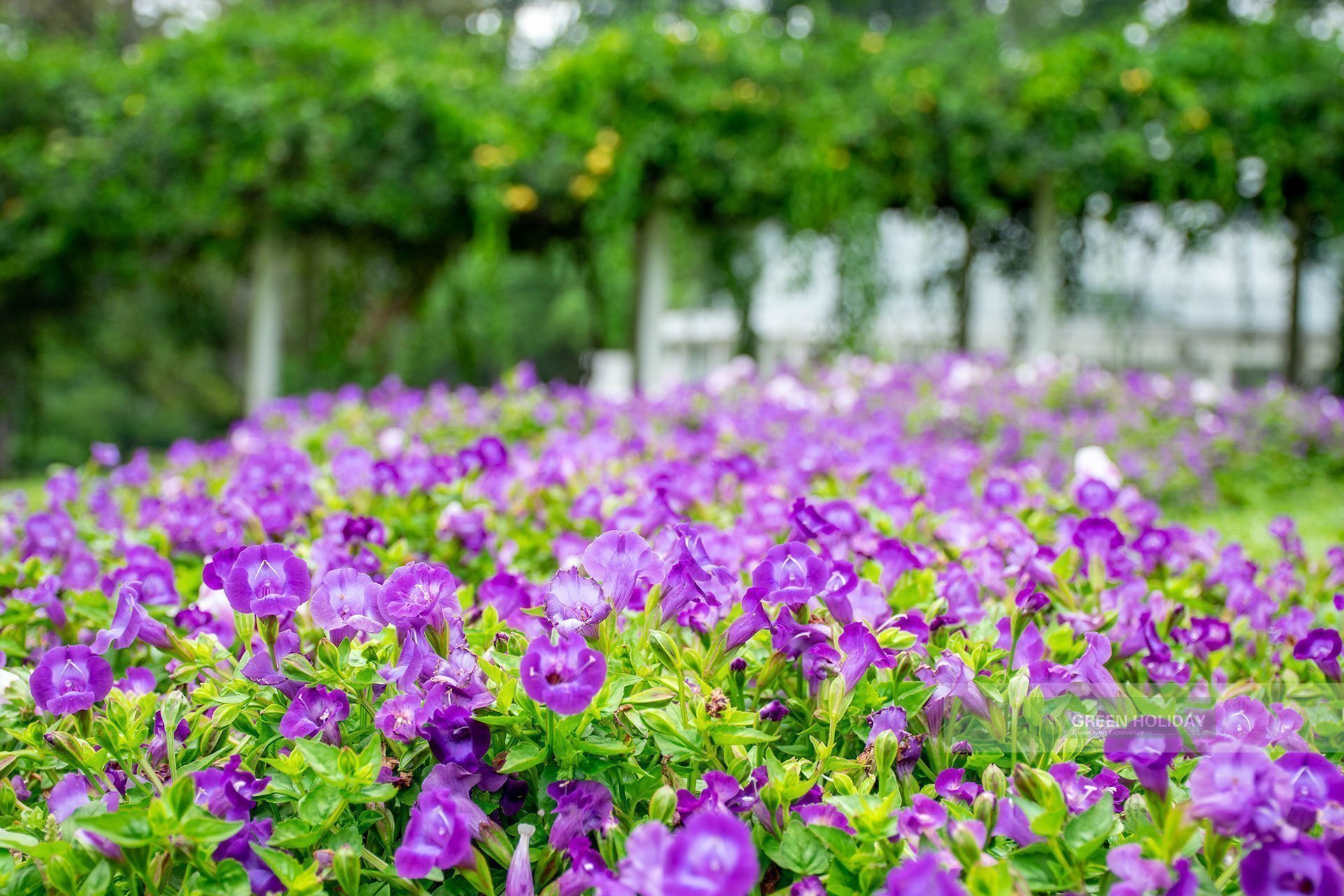
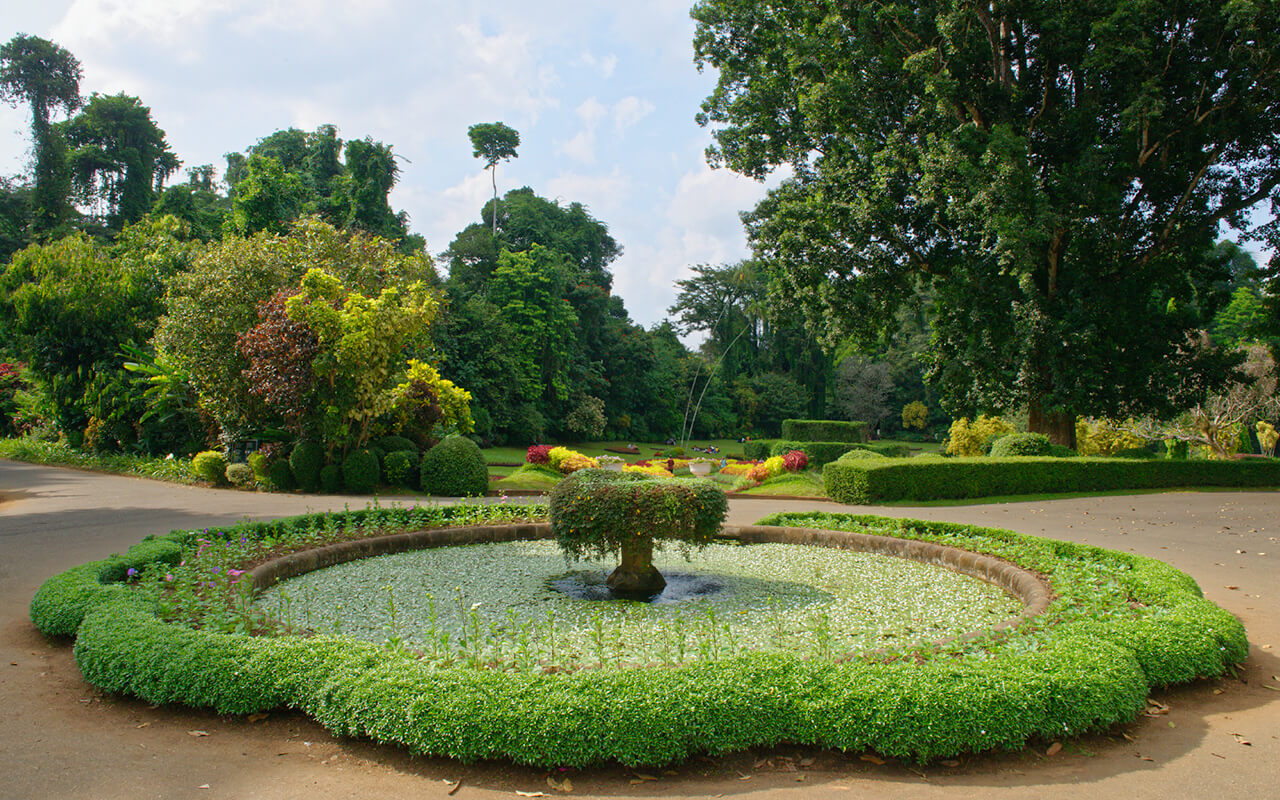
History of peradeniya botanical garden
§ 1810 = seven acre garden named kew
established in slave island (first superintendent -Mr.William Kerr)
§ 1813 = A supplementary garden was
established in Uggalboda , Kaluthara for the reception of economic plants.
§ 1821 = the royal botanic gardens at
Peradeniya institute by Mr.Alexander Moon (Superintendent). He published
"catalogue off indigenous and exotics plants growing in Ceylon” in1824
transfer off exotics from the Kaluthara garden to peradeniya took place till
1843.
§ 1844 = vital improvement in the gardens
and enrichment of the collections by introducing native species from
explorations conducted by Mr.George Gardner (superintendent).
§ 1849 = garden was at a high state of
efficiency with added landscape features and as a scientific institution. A
catalogue of ceylon plants entitled "enumeratio plantarum
zeylaniae"was published by the superintendent Dr.G.H.K.Thwaites . Economic
crops, mainly coffee, tea, cinchona, rubber and cacao had been introduced.
§ 1861 = Hakgala botanic garden
established for the introduction of cinchona.
§ 1876 = Henarathgoda botanic garden
established for the introduction of rubber.
§ 1880 = Establishment of museum of
economic botany, published “The hand book to the flora of Ceylon” (Dr.Henry
Trimen, superintendent) and established the south garden by the supirintendent
Dr.Henry Trimen.
§ 1886 = Introduction and acclimatization
of useful ornamental and economic botany and agriculture (Dr.J.C.Willis
superintendent)
§ 1912 = Establishment of the department
of agriculture and gardens became a unit under it "A handbook of tropical
planting and gardening” was published(Mr.H.F.Macmillan,Superintendent )
§ 1914 = Establishment of the student's
garden and the garden of remedial plants. “An alphabetical list of plants in
royal botanic gardens, peradeniya “in1926 was published (Mr.T.H.parsons, curator )
§ 1945 = Revision of the family
orchidaceous and publication of the book "Medicinal plants of Sri Lanka
" (Mr.D.M.A.jayaweera, superintendent).
§ 1954 = Establishment of the Ganewaththa
medical plant garden.
§ 1971 = RBG pioneered trends in
floriculture in Sri Lanka (Mr.D.T.Ekanayake, superintendent)
§ 1983 = The conditions of the botanic
gardens improved tremendously and lead the much needed project of “A revised hand to the flora
of Ceylon” (Mr.D.B.Sumithraarachchi Director).
§ 2006 = Establishment of the department
of national botanic gardens (Dr.D.S.A.Wijesundara,director general).
§ 2013 = Dry zone botanic garden at
Mirijjawila was established for the ex-situ conservation of dry zone.
§ 2014 = Seethawaka wet zone botanic gardens; Avissawella was established for the ex-situ conservation of wet zone flora.
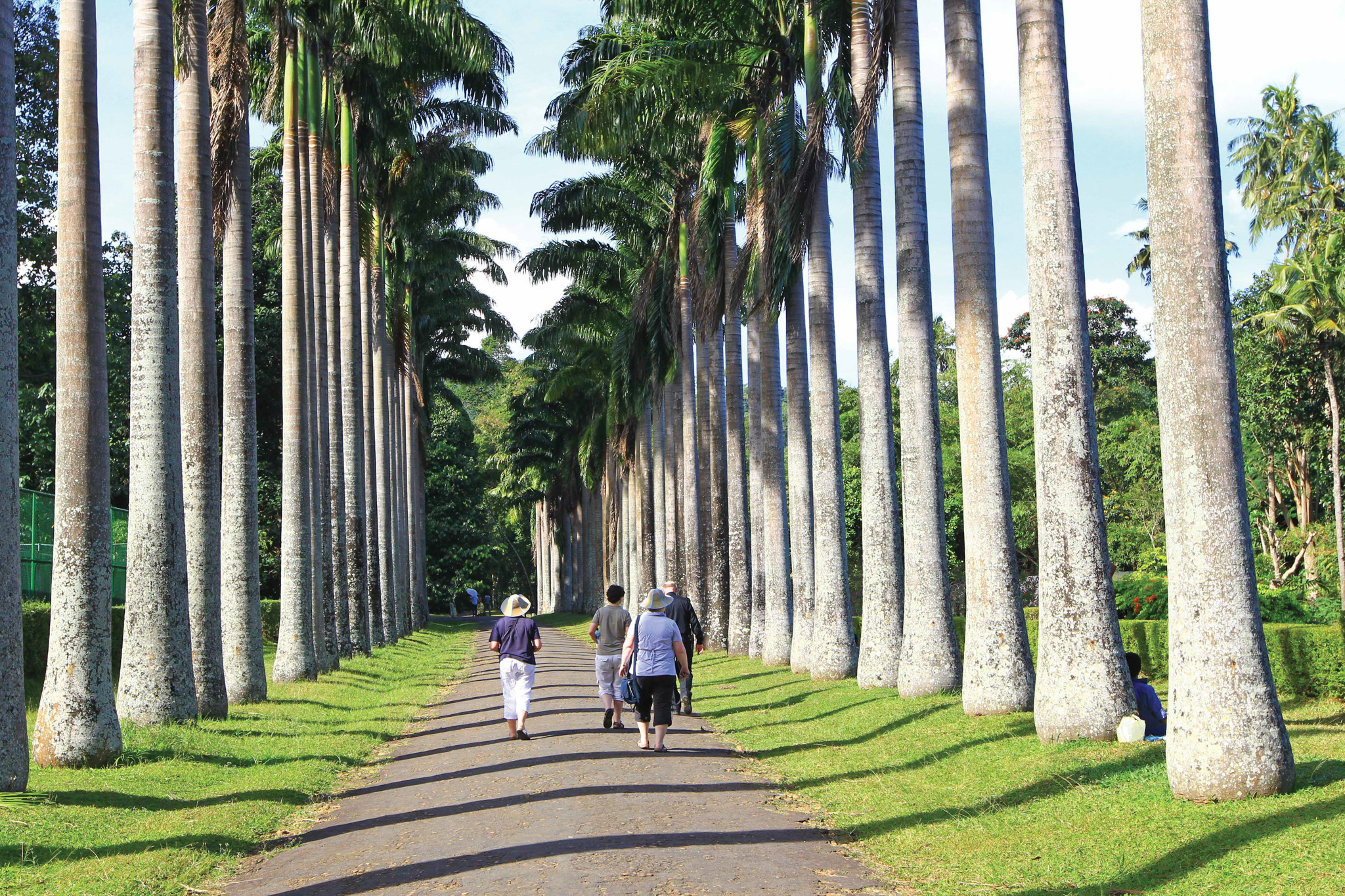
.jpg)
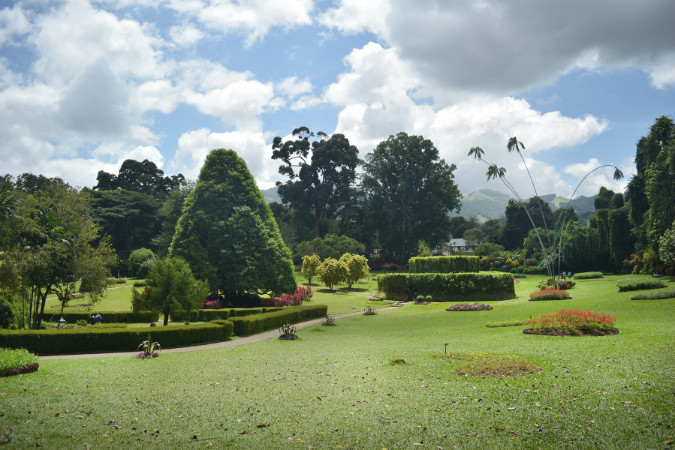
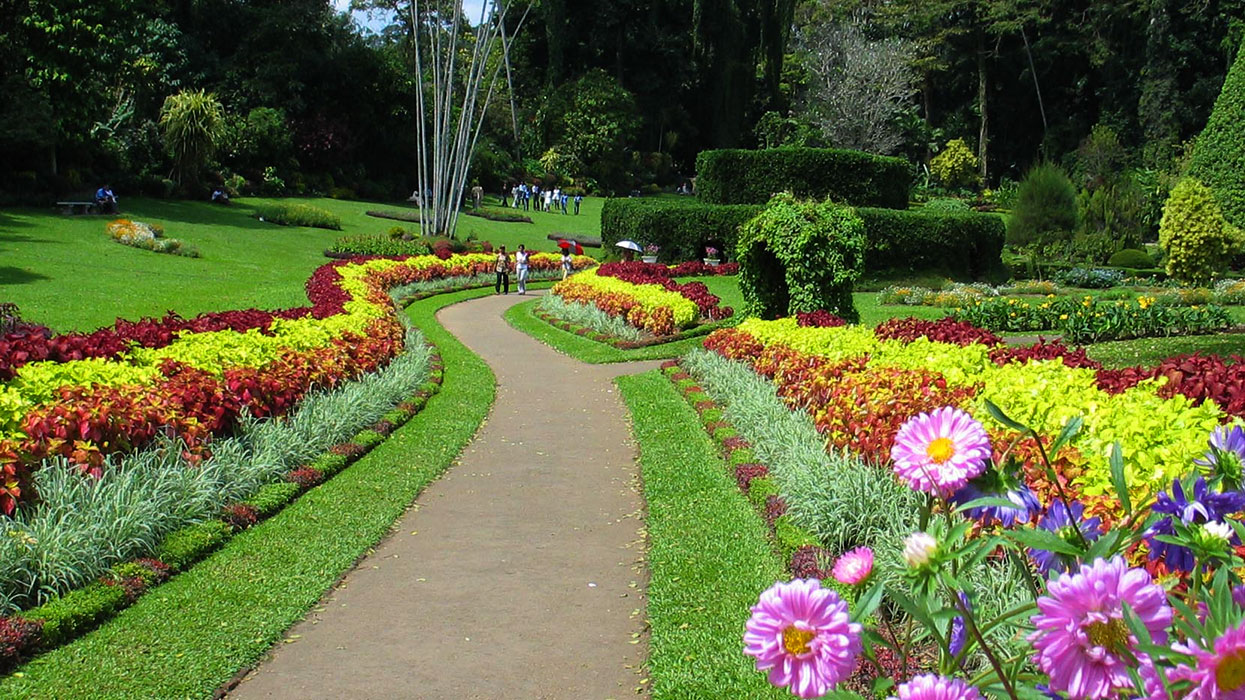
Additional
information
§ Land
area - 147 acres (60ha)
§ Elevation
- 472m (1550ft)
§ Botanical
wealth - 4000 species of plants including orchids, medicinal plants,
palms, ferns and woody trees and shrubs.
§ Seasonal
shows - April, august& December.
§ Vehicle
park - infront of the main gate
§ Opening
hours (Open every day)
·
Opening hours : 7.30 AM – 6.00 PM
·
Ticketing till: 7.30 AM -5.00 PM
§ Facilities
available
·
Café & restaurant open 10.00 AM- 5.00 PM (with
Sri Lankan and western cuisine)
·
Rent golf carts to plan your journey within 1
hour (depends on availability).
· Wheelchair accessible green houses and toilets.
Peradeniya
Discover the enchanting Peradeniya Botanical Garden in Sri Lanka through this video. Explore its stunning plant collections, including vibrant orchids, towering palms, and unique cycads. Learn about the garden's rich history as a royal pleasure garden and its role in plant conservation. Enjoy the serene landscapes and diverse flora that make this garden a must-visit destination for nature lovers.


Leave a Comment